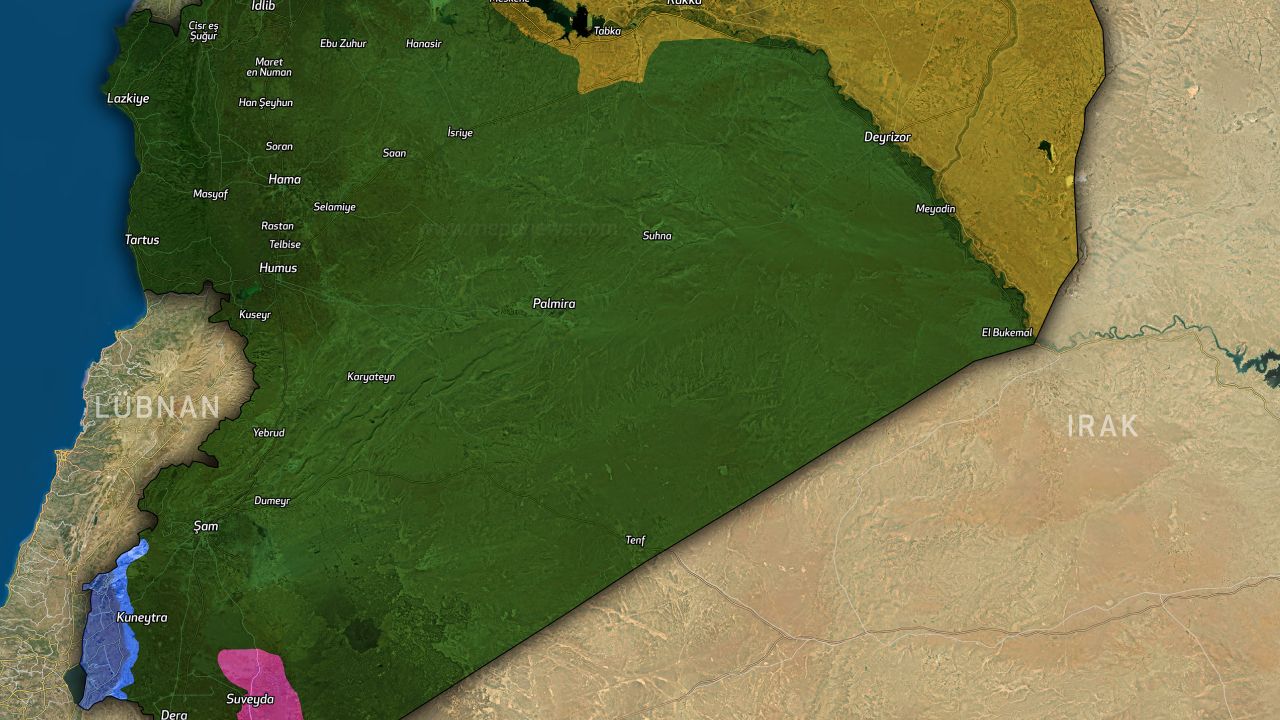Pakistan expelling Afghans from their own homeland
For some time now, the Pakistani government has been deporting Afghan refugees living in the western part of the country back to Afghanistan. In this context, hundreds of thousands of Afghans have been forcibly detained and sent to Afghanistan.
This deportation process coincided with a period when the migration issue was on the agenda in the world and especially in Turkey. For this reason, the general opinion, especially in Turkey, was that "they are getting rid of asylum seekers". This situation was further aggravated by the statements of so-called "experts" who have no knowledge of the Afghanistan-Pakistan issue. The impression was created that Afghans were being forced to stay in a country that was completely alien to them, and that the Pakistani government was getting rid of these people who were causing problems for Pakistan.
But the reality is quite different. To understand the reality on the ground, it is necessary to understand the history, ethnic and social structure of the region.
The issues we are talking about are actually issues that have been on the agenda worldwide since the creation of nation states. After the creation of such states, mass migration movements and other issues started to become a problem of the states. The state of Pakistan is one of the states created in this process.
The state of Pakistan was created in 1947 on the territory of the British colonial empire in the region. It inherited the institutional structure, territory, population and borders of that colonial empire. Only the border with India was defined at that time, while the borders with its other neighbours were the former borders of the British Empire. For example, the Durand Line, which forms the border with Afghanistan. This line was created by the British and divided the Afghans (Pashtuns) living in the region. Today we can take the Sykes-Picot borders in the Middle East as an example.
In short, long before the creation of the Pakistani state in the region in question, the ethnic structure and sociology of the region had already been shaped. The Pakistani state, on the other hand, came into being much later, after the social structure of that border had taken shape.
What do I mean by that?
What I mean is that the people of the region that now lies between the borders of two different states have for hundreds of years made both sides of the line their home. In other words, the Pashtuns living in the region had been moving between these countries for a thousand years before the creation of the state of Pakistan. They settled in different regions during the summer and winter seasons, and changed their location due to wars and disasters. We can compare this to internal migration in the modern sense.
In other words, the land from which the Afghans are being displaced by Pakistan today is the land that they and their families have called home for hundreds of years. It is not a land where they are strangers or where they do not belong. As I said, their ancestors lived in these lands for hundreds of years before the creation of Pakistan.
Another issue concerns the Afghans who migrated to Pakistan during the Soviet occupation. As I said before, the migrations from Afghanistan to Pakistan and from Pakistan to Afghanistan were natural movements that took place hundreds of years before the artificial border was created. No Afghan has been condemned or criticised for migrating between their ancestral lands. As a result, moving back and forth between the two regions appears to be a natural behaviour. In fact, this is what happened in the 1970s. In fact, these migrations began long before the Soviet invasion in 1979. After the coup d'état in Afghanistan in 1973, Muslims were oppressed throughout the country, and many Afghans moved their families to areas within the borders of Pakistan to escape the oppression of the current regime and began to fight against that regime.
With the invasion and massacres of 1979, these migrations increased. In order to end the rural-based resistance, the Soviet Union launched massacres against villages and towns and pursued a strategy of ending the country's agriculture. If agricultural activities were sabotaged, the rural areas that survived on agriculture would also be exhausted and the resistance would end. But although agriculture ended, the resistance did not. This strategy led to an agricultural crisis in Afghanistan that continues to this day. Eventually, millions of Afghans fled to their ancestral lands in Pakistan. There were already millions of Pashtuns living there, and they continued to live with them.
It was not only Pashtuns who migrated to these lands. The Uyghurs, who fled Chinese persecution over the years and adopted and lived in Afghan lands, were also among those who sought refuge in Pakistan. Today, the Pakistani government is trying to expel these Uyghurs from the lands where they live.
In conclusion, the Pakistani government, which was set up as a continuation of the British colonial administration, is trying to expel the Afghans living in their ancestral lands using excuses that have no meaning.
It is doing this to put pressure on the Islamic Emirate administration in Afghanistan. Most of the people being forcibly repatriated have lived in these areas for about 50 years, and their ancestors have lived there for hundreds of years. In short, Afghans are being uprooted from their homeland, where they have lived for hundreds of years, by a state that is only 77 years old. Even the Afghans who migrated to the region during the Soviet occupation are almost as old as the state of Pakistan itself.
However, looking at the issue through popular and stereotypical discourses or forming an opinion through the lens of the problems in Turkey leads to misinterpretations. Understanding what is happening requires knowledge of historical and social issues.
The views expressed in this article belong to the author and do not necessarily reflect the editorial policy of Mepa News.








